- Home
- Machining techniques
- CNC Machining Services
- Cooperative supply services
- Designs
- Materials
- Finishing Services
- Shop
- Products
- Guide
- About Us
- Contact Us
2022.4.27
Thread machining is one of the very important applications of the CNC machining center. The machining quality and efficiency of thread will directly affect the machining quality of parts and the production efficiency of the machining center. Several thread manufacturing methods commonly used are summarized as follows. How to reasonably select thread making methods in processing and improve production efficiency?
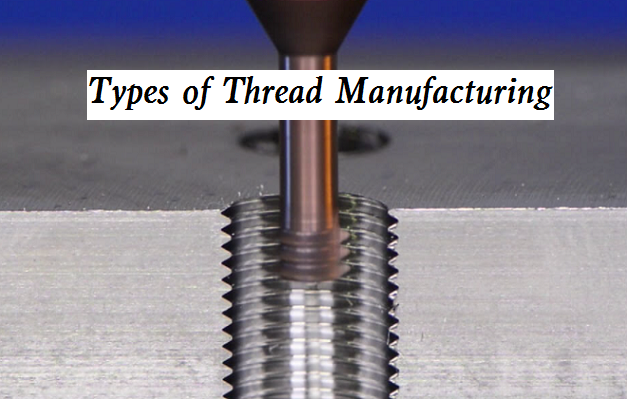
1. Thread cutting
Generally, it refers to the method of machining threads on the workpiece with forming tools or abrasives, mainly including turning, milling, tapping, threading, grinding, grinding, and cyclone cutting. When turning, milling and grinding threads, the transmission chain of the machine tool ensures that the turning tool, milling cutter or grinding wheel moves a lead accurately and evenly along the axial direction of the workpiece. During tapping or threading, the tool (tap or die) rotates relative to the workpiece, and the first formed thread groove guides the tool (or workpiece) to move axially.
2. Thread turning
Forming turning tool or thread comb tool can be used to turn thread on lathe. Turning thread with forming turning tool is a common method for single piece and small batch production of threaded workpiece because of its simple structure; Turning thread with thread comb cutter has high production efficiency, but the structure of the cutter is complex. It is only suitable for medium and large-scale production of short thread workpieces with medium turning fine teeth. The pitch accuracy of ordinary lathe turning trapezoidal thread can only reach grade 8 ~ 9. When machining threads on a specialized thread lathe, the productivity or accuracy can be significantly improved.
3. Thread milling
Milling is carried out on a thread milling machine with a disc milling cutter or a comb milling cutter. Disc milling cutter is mainly used for milling trapezoidal external threads on workpieces such as screw rod and worm. Comb milling cutter is used for milling internal and external ordinary threads and conical threads. Because it is milled with multi edge milling cutter and the length of its working part is greater than the length of the processed thread, the workpiece can be processed only by rotating 1.25 ~ 1.5 revolutions, and the productivity is very high. The pitch accuracy of thread milling can generally reach grade 8 ~ 9, and the surface roughness is R5 ~ 0.63 microns. This method is suitable for mass production of threaded workpieces with general accuracy or rough machining before grinding.
4. Thread grinding
It is mainly used to process the precision threads of hardened workpieces on the thread grinder. It can be divided into single line grinding wheel and multi line grinding wheel according to the cross-sectional shape of the grinding wheel. The pitch accuracy of single line grinding wheel is grade 5 ~ 6, and the surface roughness is R1.25~0.08 μm, grinding wheel dressing is more convenient. This method is suitable for grinding precision screw, thread gauge, worm, small batch of threaded workpiece and shovel grinding precision hob. Multi line grinding wheel grinding is divided into longitudinal grinding method and cut in grinding method. The width of the grinding wheel in the longitudinal grinding method is less than the length of the thread to be ground. The thread can be ground to the final size by moving the grinding wheel longitudinally for one or several times. The width of the grinding wheel in the cut in grinding method is greater than the length of the thread to be ground. The grinding wheel cuts into the surface of the workpiece radially, and the workpiece can be ground after about 1.25 revolutions. The productivity is high, but the precision is slightly low, and the grinding wheel dressing is more complex. The cut in grinding method is suitable for shoveling and grinding large quantities of taps and grinding some threads for fastening.
5. Tapping and threading
Tapping is to use a certain torque to screw the tap into the pre drilled bottom hole on the workpiece to process the internal thread. Threading is to cut out the external thread on the bar (or pipe) workpiece with a die. The machining accuracy of tapping or threading depends on the accuracy of tap or die. Although there are many methods to process internal and external threads, small-diameter internal threads can only be processed by tap. Tapping and threading can be operated manually, or lathe, drilling machine, tapping machine and threading machine.
6. Thread rolling
The processing method of making the workpiece produce plastic deformation with the forming rolling die to obtain the thread. The thread rolling is generally carried out on the thread rolling machine, thread rolling machine or automatic lathe equipped with automatic opening and closing thread rolling head. It is suitable for mass production of the external thread of standard fasteners and other threaded connectors. The outer diameter of the rolled thread is generally no more than 25mm and the length is no more than 100mm. The thread accuracy can reach grade 2. The diameter of the blank used is roughly equal to the pitch diameter of the processed thread. Generally, the internal thread cannot be processed by rolling, but for the workpiece with soft material, the slottless extrusion tap can be used to cold extrude the internal thread (the maximum diameter can be about 30mm). The working principle is similar to tapping. When cold extruding internal thread, the required torque is about twice larger than tapping, and the machining accuracy and surface quality are slightly higher than tapping.
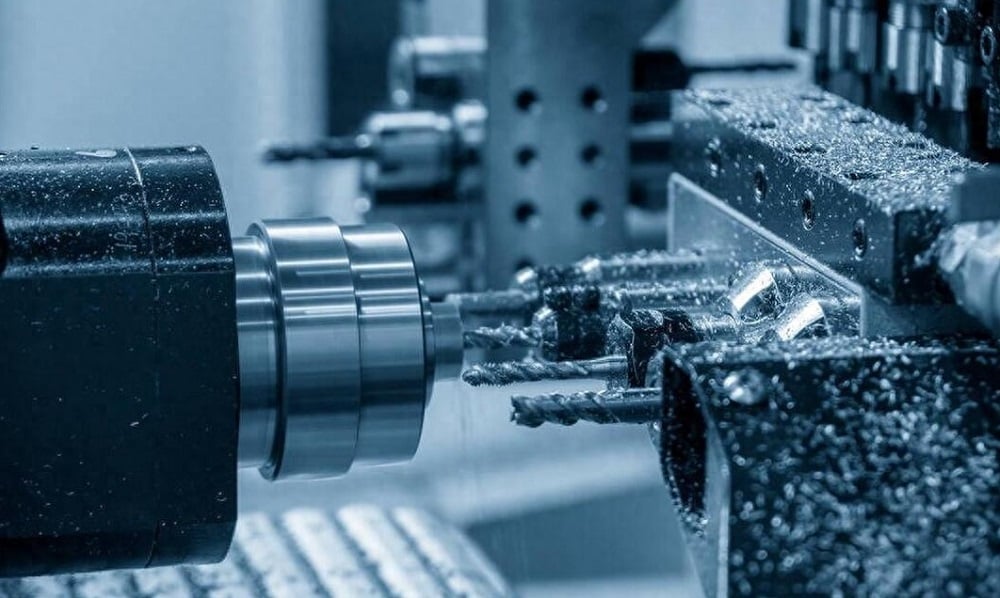 How To Remove a Broken Tap in CNC Machining?
How To Remove a Broken Tap in CNC Machining?
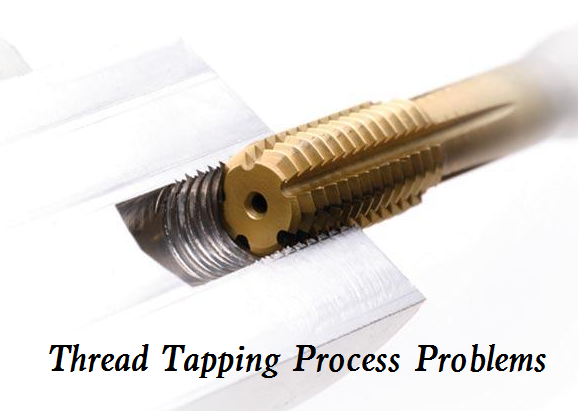 Thread Tapping Process Problems, Reasons and Solutions or Correction Tips
Thread Tapping Process Problems, Reasons and Solutions or Correction Tips
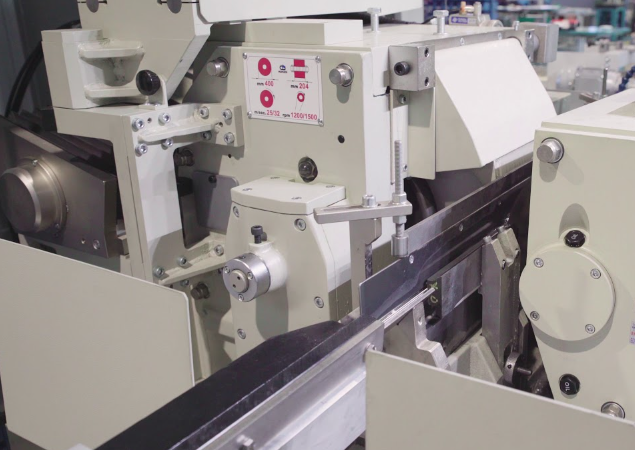 Guide to Centerless Grinding Machine: Advantages, Working Principle and Parts
Guide to Centerless Grinding Machine: Advantages, Working Principle and Parts
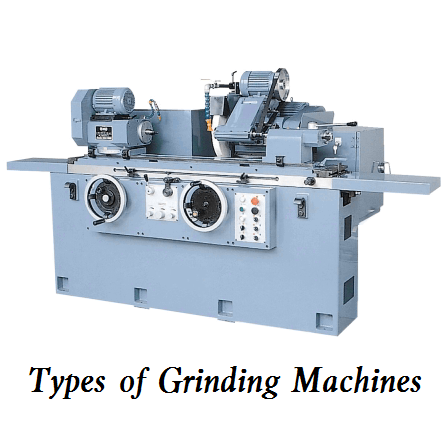 Different Types of Grinding Machines and How to Use a Grinder – How Does a CNC Grinder Work
Different Types of Grinding Machines and How to Use a Grinder – How Does a CNC Grinder Work
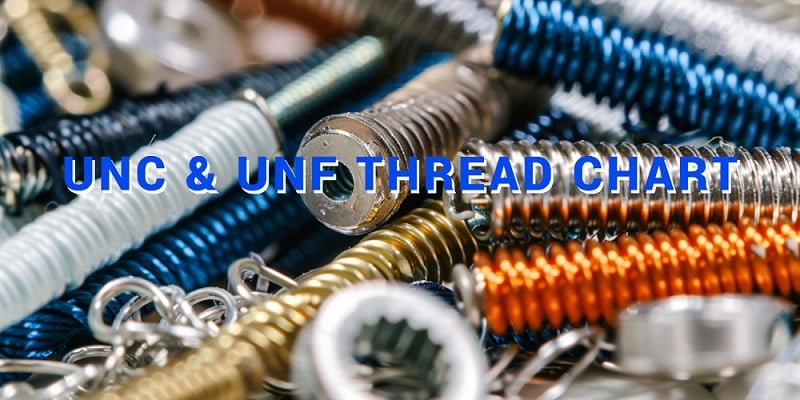 UNC and UNF Thread Chart PDF (Dimensions, Diameter, Size in MM/INCH)
UNC and UNF Thread Chart PDF (Dimensions, Diameter, Size in MM/INCH)
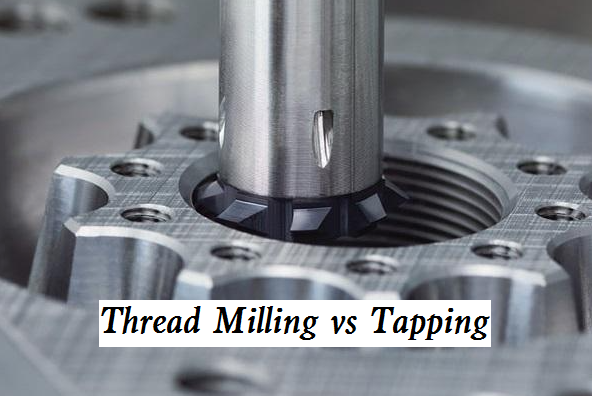 Difference Between Thread Milling and Tapping
Difference Between Thread Milling and Tapping
